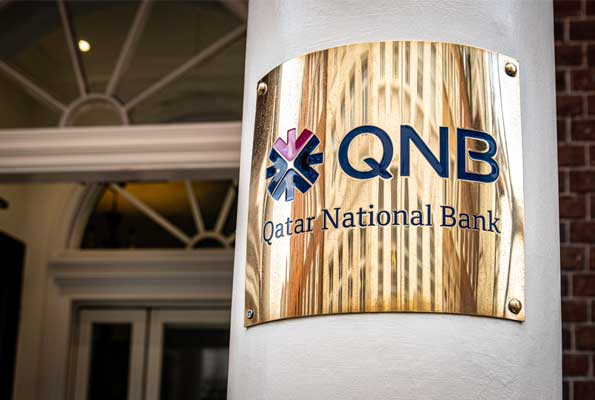Despite an 8% jump in net profit for full-year (FY) 2022, the profitability of Qatar banks was dampened by the rise in loan-loss provisioning charges, said Moody’s Investors Service with particular reference to the banks rated by them.
A total 2022 net profit of 23.4 billion riyals (USD 6.3 billion) was declared by the Qatari banks Ahli Bank, Doha Bank, Masraf Al Rayan, Qatar International Islamic Bank, Qatar Islamic Bank, Qatar National Bank, Commercial Bank, and Dukhan Bank.
Compared to 2019 and 2021, the Qatar banks’ provisioning charges climbed by 13% in 2022 and devoured about 33.1% of pre-provision income. According to Moody’s report, the increase was principally brought on by an increase in stage 2 and stage 3 loan balances as the banks’ domestic operations continued to be negatively impacted by COVID-19.
In 2023, the rating agency anticipates a slight deterioration in asset quality as loans continue to move from stage 1 to stage 2 and, to a lesser extent, stage 3. The decline in visitor numbers since the FIFA World Cup’s conclusion in 2022, overcapacity in the real estate and services sectors, ongoing problems with contractors, and the sharp increase in interest rates all contribute to the weakening asset quality.
As a minor gain in operating income will be counterbalanced by an increase in provisioning charges, in keeping with our estimate of asset quality difficulties, Moody’s expects banks’ bottom-line profitability to remain essentially constant with some downside risks.
The rating agency anticipates that the epidemic and subsequent drop in oil prices will cause Qatar’s real GDP growth to slow down to 2.2% in 2023 from 3.9% in 2022 and a decrease of 3.6% in 2020. The gradual increase in hydrocarbon production, increased oil prices, and modest non-hydrocarbon economic activity will contribute to this year’s economic growth. However, “after the spike in 2022 driven by visitor flows related to the FIFA World Cup, we expect a reduction in tourism activity.”
The increase in net interest revenue of 18% in 2022, which more than offset an increase in interest expense as interest rates started to rise for both loans and deposits, was a significant factor in the 17% increase in total operating income.
The more significant net interest margin, which increased to 2.3% for 2022 from 2.1% a year earlier, caused the increase in net interest income.
Increased non-interest income, which climbed by 11% year over year (yoy) and is currently higher than pre-COVID levels, helped to drive growth in operating profit.



